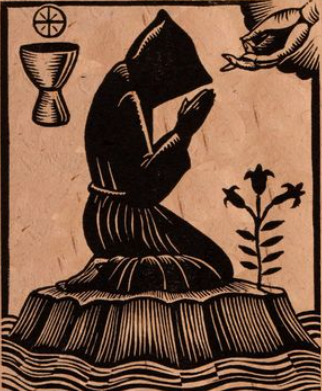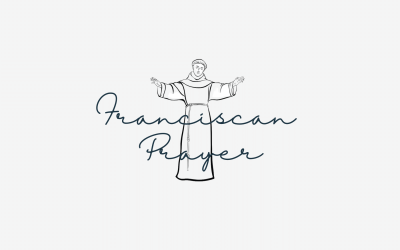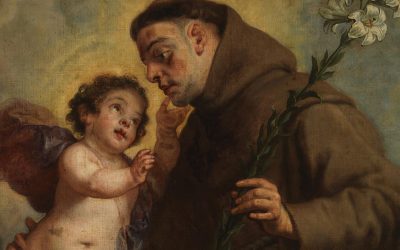The early sources about the life of Francis mention five “Lents”.

A Lent to prepare for Easter and one for Christmas
For 40 days before Easter, Francis observed the “Great Lent”, what we know as Lent today. Francis observed a similar period of 40 days of fasting and prayer in preparation for Christmas, beginning after the Feast of All Saints on 1 November. It was at the end of a Lent preparing for Christmas that Francis arranged for the display of the Nativity scene at Greccio. Both Lents were observed by his brothers as well (Later Rule, Chapter 3).
A fast like Jesus’ in the desert
Francis also recommended a fast of 40 days after the Epiphany, 6 January. On this day in Francis’ time, the Church celebrated the Baptism of the Lord (as well as the visit of the Three Kings), so Francis reasoned that Jesus began his fasting of 40 days in the desert on 7 January.
A Lent in summer
In some years, Francis observed a Lent in summer, from the Feast of Saints Peter and Paul, patrons of the Church of Rome, on 29 June until the Feast of the Assumption of the Blessed Virgin Mary (whom Francis called “the virgin made church”) on 15 August.
A Lent to honour Saint Michael
Finally, Francis observed out of personal devotion a Lent in honour of Saint Michael after the Assumption until 29 September. It was during such a “Lent of Saint Michael”, in 1224, that Francis received the vision of the Seraph on the mountain of La Verna, followed by the appearance of the stigmata on his body.
We have indications from the early sources about how Francis observed these Lents: in fasting, solitude, and prayer.
If these Lents are indicative of his usual practice each year, Francis would spend probably three to five periods of about 40 days each in relative seclusion, dedicating himself to prayer and fasting in solitude, sometimes with one of the brothers, sometimes by himself. This would amount to about four to seven months a year in a secluded, contemplative way of life, frequently spent in the hermitages, a characteristic feature of early Franciscan spiritual practice.
Basically, Francis was creating the space and time to step apart and reflect on how God was asking him to deepen his commitment in terms of the ever-changing situation of his life. “When blessed Francis stayed constantly in a place to pray . . . he was always anxious to know the will of the Lord, about how he could please him better” (Assisi Compilation, 118)
From a post by Friar William J Short OFM in the Commission on the Franciscan Intellectual-Spiritual Tradition website.





0 Comments